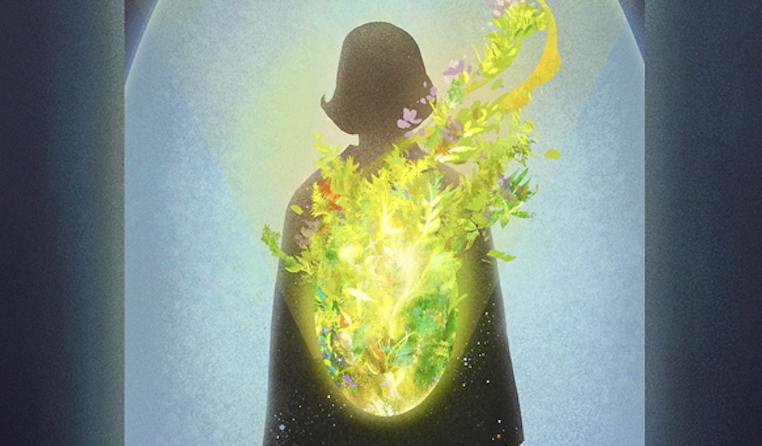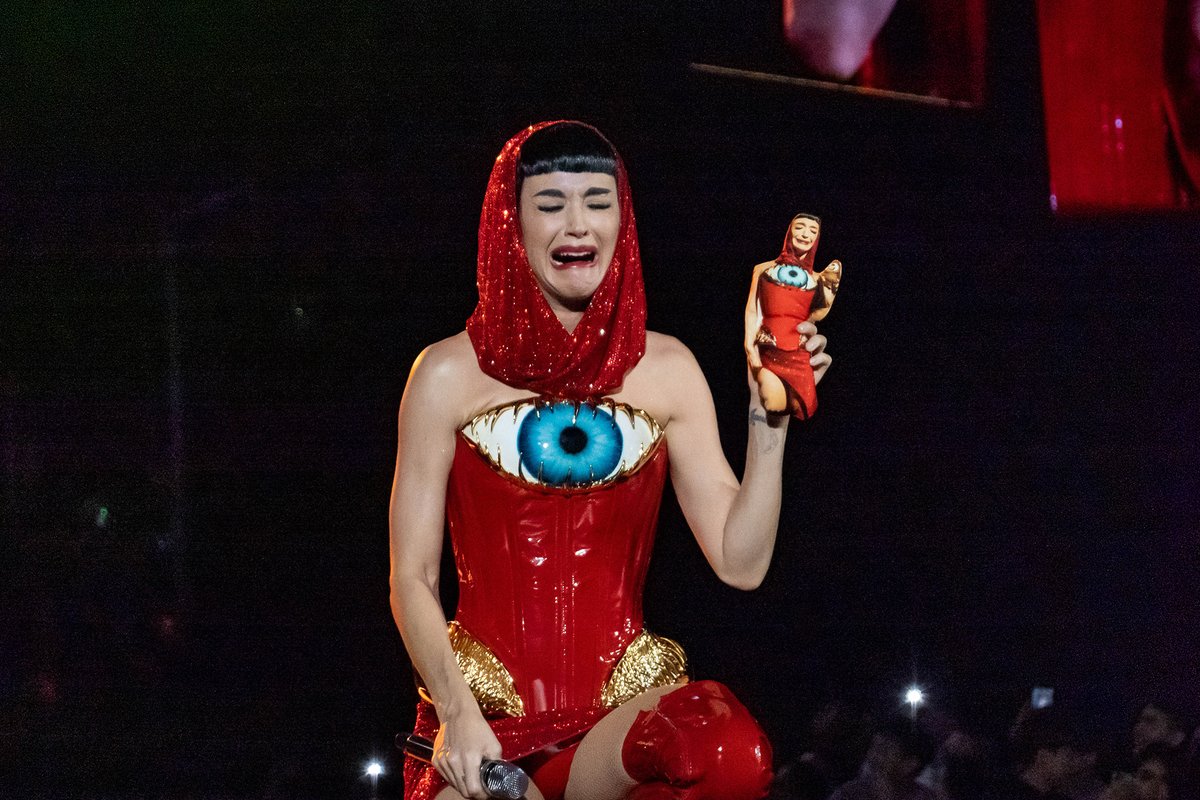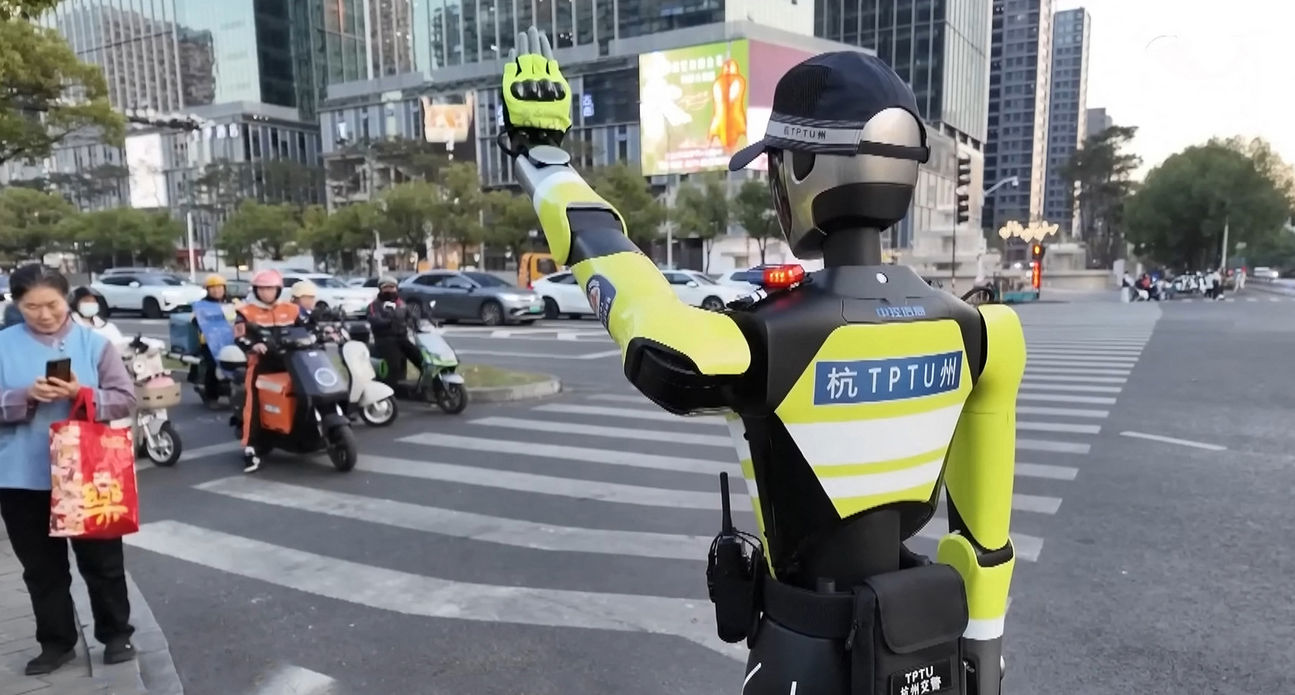For the 10th anniversary of the Science Fiction New Year Gala, 12 writers from 4 countries have been invited to celebrate the Chinese New Year with sci-fi literature. The theme for the year of the snake surrounds the number 10 — it represents the ouroboros, a signifier of the beginning and the end. 10 is also 1 and 0, the foundational element in binary code. More creatively, the image of 10 looks like a person standing before a stargate, ready for unknown adventures.
The project was launched in 2016 by the Future Affairs Administration (FAA), a Beijing-based company that set out to build a platform for Chinese science fiction. The FAA translates English works into Chinese and publishes original Chinese sci-fi content. Each year, the gala proposes a unique theme and gameplay, attracting writers and readers from China and across the globe. Each author has 48 hours to complete their story, with one story posted each day of the event.
In 2016, authors wrote from the perspective of an alien, observing Earth’s celebration of the Chinese New Year. Towards the end of the relay race, stories that seem unrelated are finally connected together. In the final story, by web novelist Seig (七格), a cosmic monkey was born to celebrate the year of the monkey.
Liu Cixin, who received the highest prize in science fiction, the Hugo Award, for his novel The Three-Body Problem in 2015, helped kick off the project with the short story, “The Two Festivals that Cannot Coexist.”
In 2019, a film adaptation of Liu’s novella The Wandering Earth hit theaters, becoming a commercial and critical hit cementing sci-fi’s mainstream popularity in China. 2019 was also the most successful year for the gala, earning praise from the growing sci-fi community. 2019’s theme was Nostos Odyssey, which continued 2018’s theme of returning home.
Each year, hundreds of millions travel home to celebrate the New Year. Chunyun (春运), the 40-day period when people travel home, is the largest annual human migration on Earth. To evoke nostalgia, the 2019 writers contributed stories set in different Chinese cities, along with stories of a homeward journey from across the universe.
Over the gala’s 10 years, it has compiled 145 short stories by authors from 10 different countries, amassing a total readership of 5 billion. While concerned with the future of humanity, the Science Fiction New Year Gala also focuses on cross-cultural exchange. The translated works from this project have appeared in prominent international sci-fi publications like Clarkesworld Magazine, Asimov’s Science Fiction, and Japan’s S-F Magazine.
For 2025, the 12 works commissioned by the gale were released daily from January 24 to February 4, with a special anniversary video released on February 5. The short stories can be found on BiliBili, WeChat, and Weibo.
All images via FAA’s Weibo
















